The principles of gardening are exactly the same as for arable farming with one of the over-riding key elements common to both being rotation.
A good rotation is designed to get the best out of the soil but only if, in return, the best treatment is given to keep that soil in good ‘nick’.
Mono-cropping
Exclusive arable mono-cropping as practised on some farms at this time, means one type of crop grown year after year will be to the detriment of the soil conditions and crop yield because of the take, cultivate and grow, then take again from the same soil, with the only addition being fertiliser.
Costs of production from this specialist system are said to be soaring, the main culprit being fertiliser followed by fuel to run the machinery but this is not just about fertiliser and diesel.
It is about the land being left bare with the loss of carbon dioxide but crucially, what is regarded as the basic structure or ‘fabric’ of the soil itself.
Food
Starting with the inert inorganic particles of clay, sand etc to which is added the organic ingredients like decomposing roots, fallen leaves etc which subsequently provides food for a whole range of organisms, including us.
How soil is physically treated is critical whether it be a 10-acre field or 10 square yard bit of a garden or an allotment.
Prone to repeating myself these days, let me explain what I’m getting at.
Mixed farming is simply planned to achieve the objective of maintaining a balanced soil over time.
From a recent article on the farming pages I get the impression that we might even be seeing signs of a return to something like that old seven-course rotation because of the problems confronting specialist mono-cropping.
Interval
To remind you, that seven-year rotation simply means after three years of arable cropping there is an interval of four years when the land becomes a grass field.
The combination of grass which will be used for grazing animals, the subsequent organic waste (faeces) and grass roots all being turned in, in preparation for the arable years creates an excellent repeatable balanced system.
Time alone will tell if this return to the technique is a success or even the saviour of many farm businesses.
Exactly this scenario pertains to our fruit and vegetable plots.
Compost and manure
We may not be able to accommodate half a dozen Blackface sheep or a couple of Aberdeen Angus bullocks on the plot but we can add composted garden waste and perhaps some farmyard manure (FYM) to our soils on a rotational basis, not forgetting the need to check the acidity level.
Whereas the farming rotation might be four years grass followed by three years arable, a garden rotation might be 4:1.
In other words, three years adding organic matter to a section of the plot and in year four treating the area with lime.
That would be our balanced rotation aimed at successful cropping whilst keeping the soil in good productive order.
Climate change
At this point, I would add that in the year to apply lime, that plot would be planted up with the brassica family.
There is one more point to make: Given current concerns about climate change, leaving soil areas completely bare for a month or three is not a good idea hence the ploy of sowing a ‘cover’ crop which I mentioned a week or so ago.
From a reminder of the basics, let’s move on to the change-over period about to happen in many gardens large or small, municipal or domestic.
I’m talking about the removal of our summer bedding displays and planting up of spring bedding to become established before the onset of winter.
Begonias
Our wee display at home consists mainly of Begonias, the ‘multi-flora’ types like Flamboyant which has red flowers and Richard Galle which has orange flowers.
Both grow from tubers.
I will be lifting them any day now arranging them in seed trays to allow the flowers and foliage to die down.
The tubers will then be stored dry in frost-free conditions (in my case, in a box in the garage).
They will remain there until Feb/March next year when they will be started in to growth again, ready to be planted out next May.
Any thoughts of increasing your stock should be left until spring when the tubers begin to sprout.
They can then be cut into sections, the raw surfaces dusted with sulphur and planted back in pots or boxes to grow on.
In the meantime having come full circle, before planting up the spring bedding, this is the time to incorporate some compost or farmyard manure in the flower beds.
The bulking up of the soil at this time will improve the drainage capacity over the winter, hence protecting the new plant roots from being too wet.
Tuber timeline:
Start the tubers into growth in pots or boxes.
Settle them into the compost with the hollow side uppermost.
After several days, with a light sprinkling over the top, you will see the little ‘pimples’ of growth begin to appear.
That is the time to increase your stock by cutting down through the tuber giving each section an equal number of sprouts.

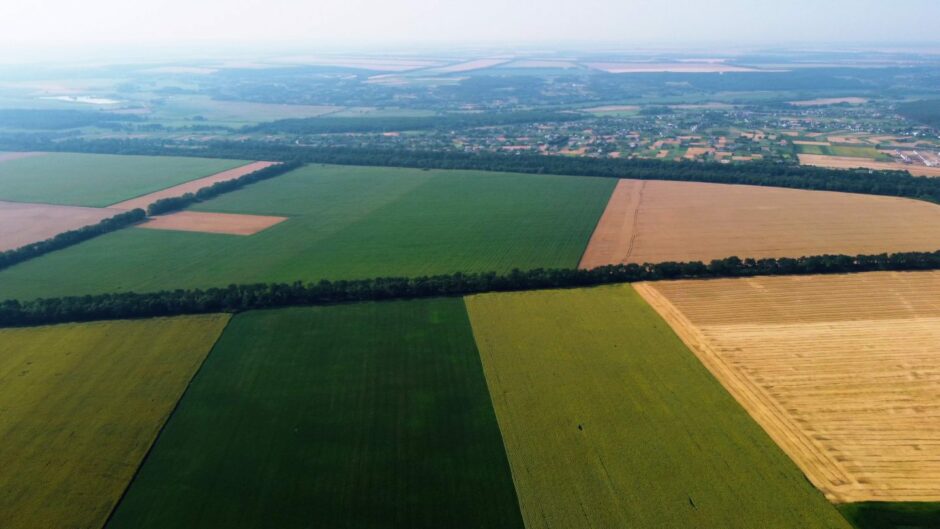
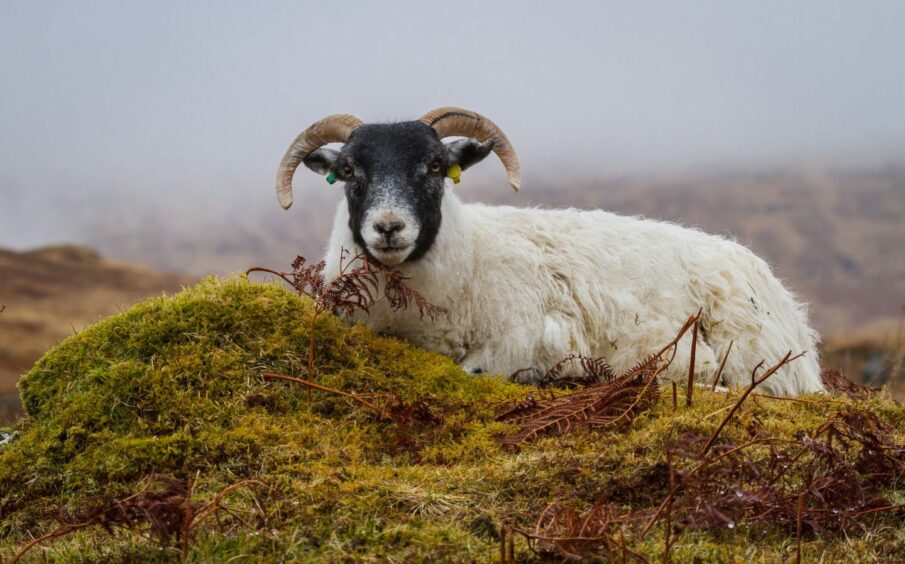
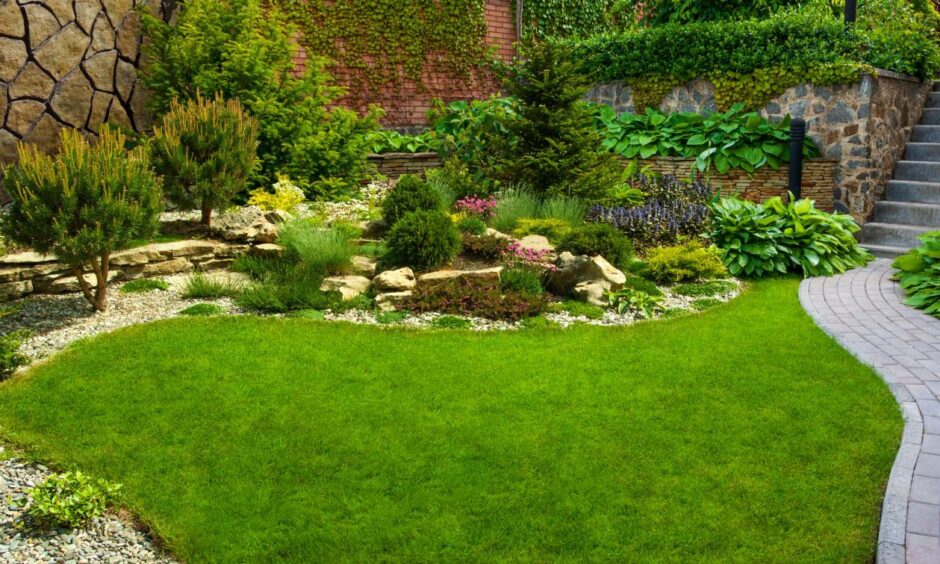

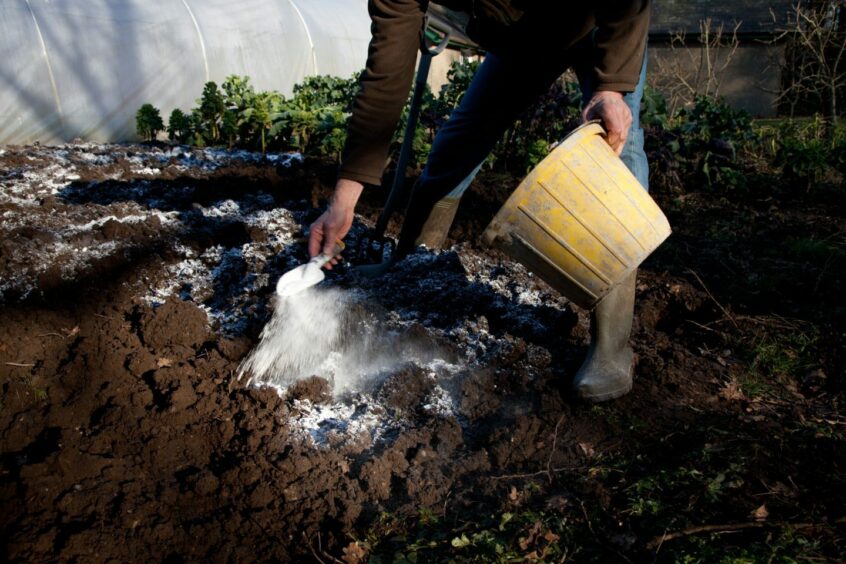
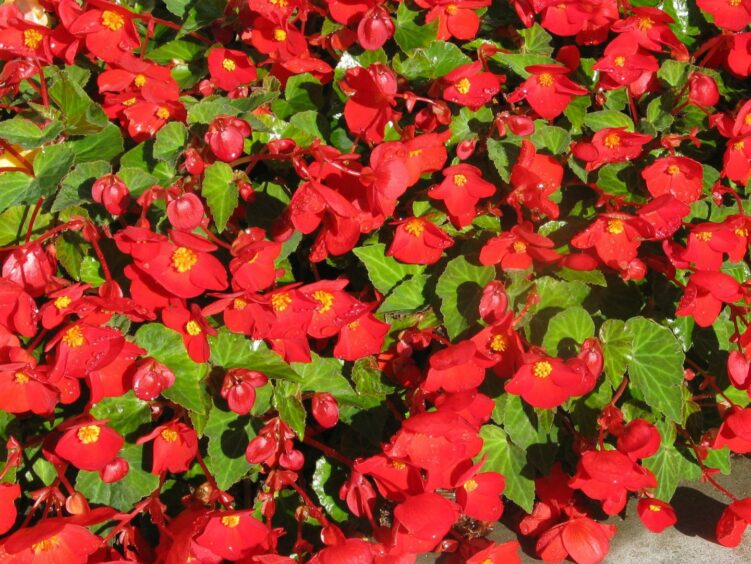
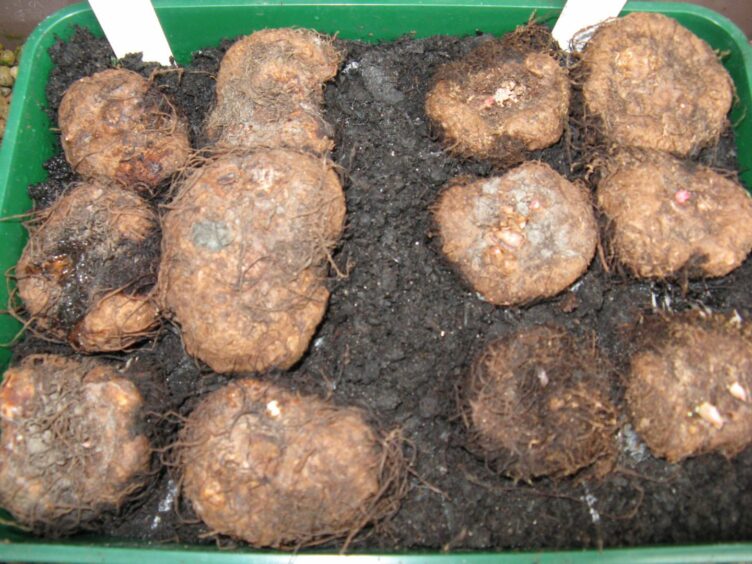

Conversation